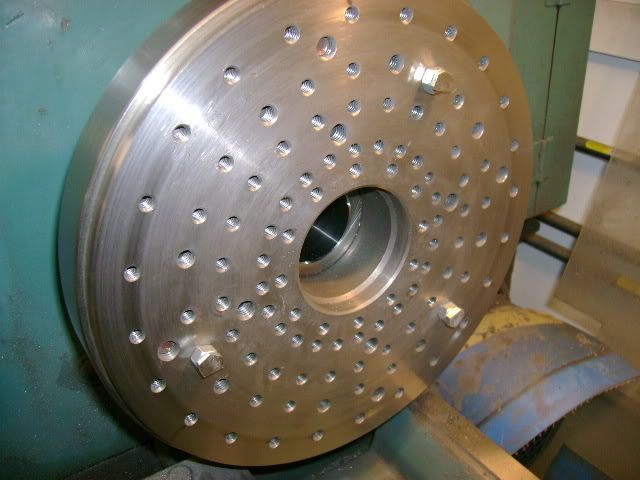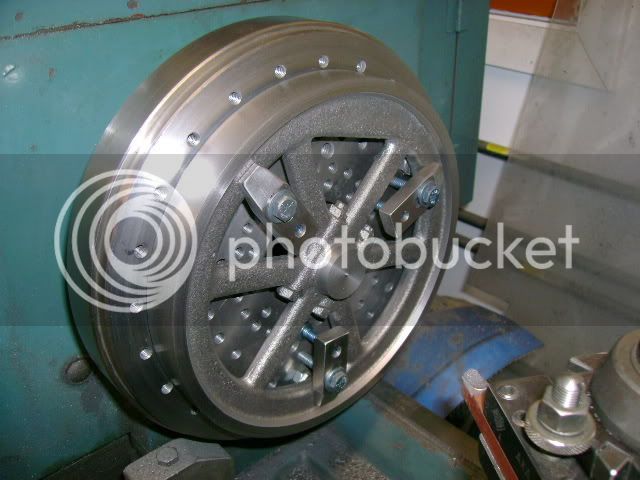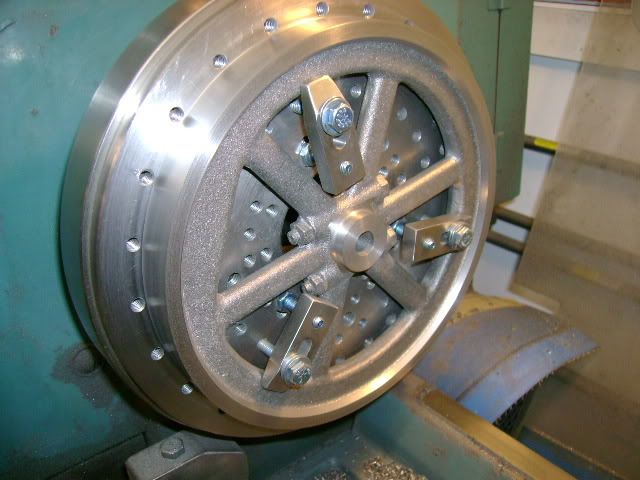W
whatsit
Guest
The question is... In what order do you machine parts? Drill first, turn first, mill first???
I have looked for info on this but it seems to be limited. If you know of any books that would help that would be great. The books I have pretty much just cover how to do individual operations not how to sequence the steps for the most efficient machining. So far I use the hit and miss method and have ended up scrapping a few parts.
Here's my process on the mill:
1. square up my material
2. layout, drill and tap any holes
3. machine to size. straight cuts first then any angles.
So far it works pretty good. Usually mess up when I make a cut too soon and lose clamping surfaces.
The lathe:
1. Find material
2. Center drill
3. ?
4. ?
5. ?
6. finish
I use the 4jaw for most things so I can remove it for different operations but I would like to be able perform more operations with fewer moves. I've had my lathe for only a couple months. So still getting used to it.
Hope this makes sense and you can understand what I'm asking. If not Let me know.
Thank
Kevin
I have looked for info on this but it seems to be limited. If you know of any books that would help that would be great. The books I have pretty much just cover how to do individual operations not how to sequence the steps for the most efficient machining. So far I use the hit and miss method and have ended up scrapping a few parts.
Here's my process on the mill:
1. square up my material
2. layout, drill and tap any holes
3. machine to size. straight cuts first then any angles.
So far it works pretty good. Usually mess up when I make a cut too soon and lose clamping surfaces.
The lathe:
1. Find material
2. Center drill
3. ?
4. ?
5. ?
6. finish
I use the 4jaw for most things so I can remove it for different operations but I would like to be able perform more operations with fewer moves. I've had my lathe for only a couple months. So still getting used to it.
Hope this makes sense and you can understand what I'm asking. If not Let me know.
Thank
Kevin







